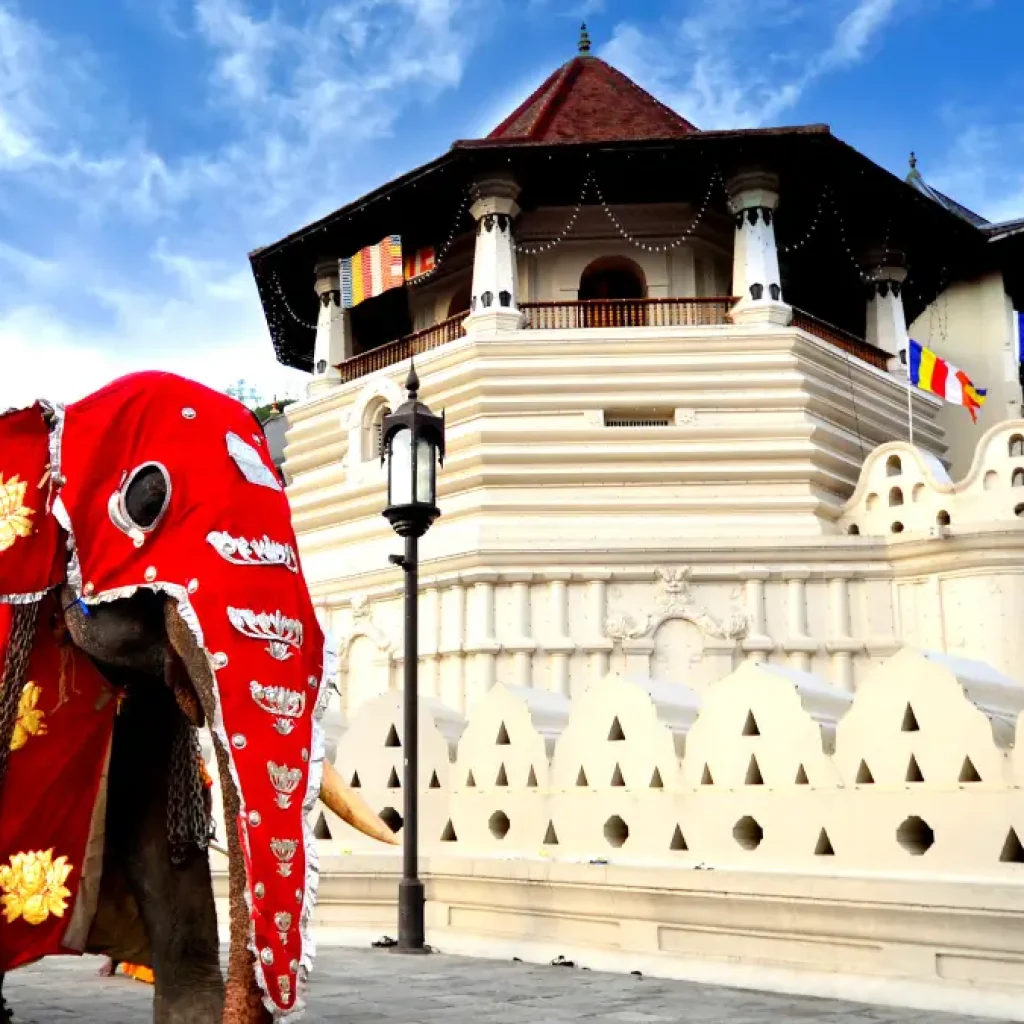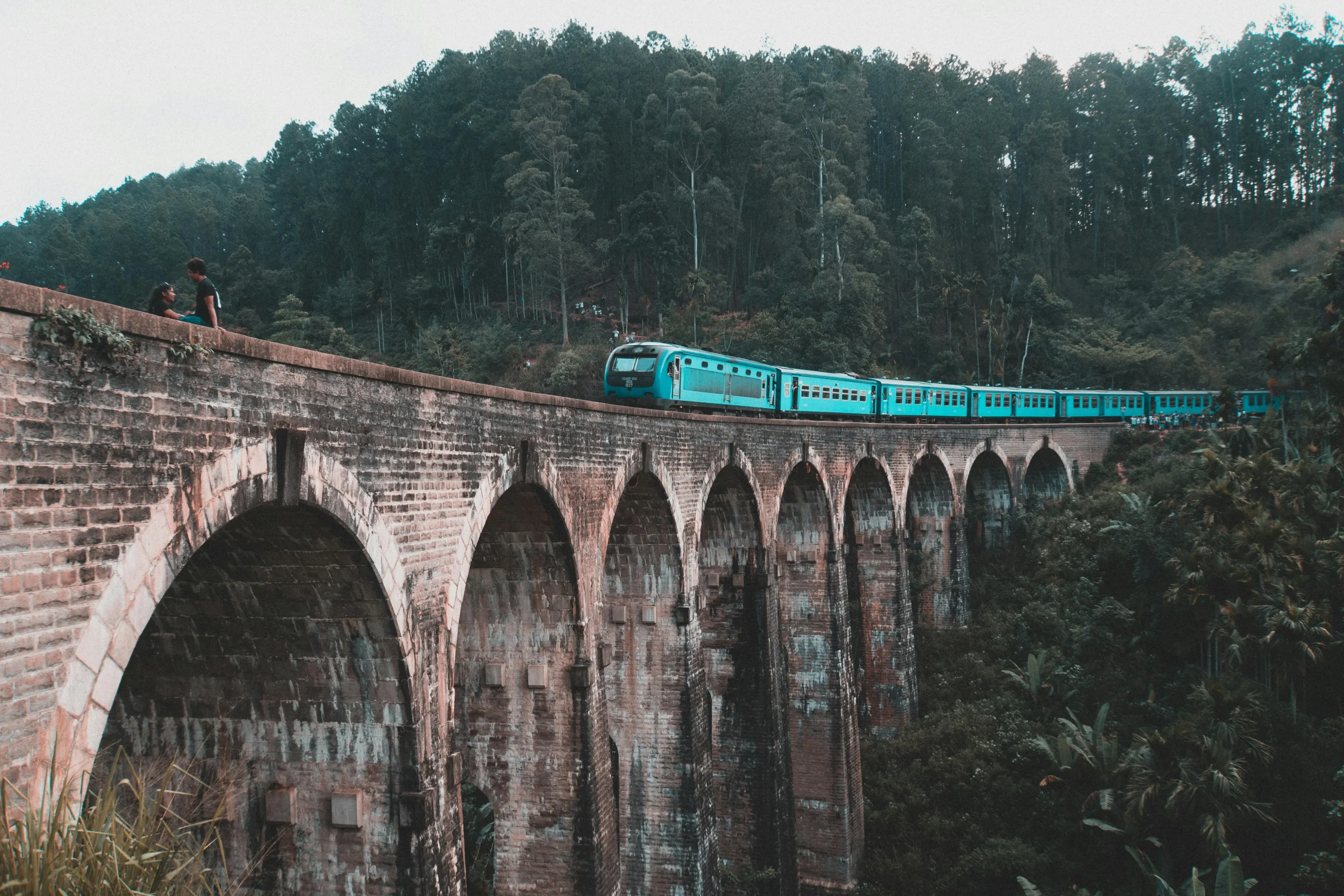Essential Sri Lanka Travel Tips
Sri Lanka, often referred to as the “Pearl of the Indian Ocean,” is a captivating island nation known for its stunning landscapes, rich culture, historic ruins, exotic wildlife, and pristine beaches. Whether you’re a solo traveler, a couple on a romantic getaway, or a family on an adventure, Sri Lanka has something to offer. This guide provides essential travel tips to ensure your Sri Lanka adventure is memorable, safe, and smooth.

Best Time to Visit Sri Lanka
Sri Lanka’s climate is unique, with two distinct monsoon seasons impacting different parts of the island. The best time to visit varies based on your destination:
- West and South Coast (including Galle, Colombo, and Bentota): December to March.
- East Coast (including Trincomalee and Arugam Bay): April to September.
- Hill Country (including Kandy, Ella, and Nuwara Eliya): December to April.
If you’re keen on exploring the whole island, the shoulder months of April and September offer a good balance, with fewer tourists and more temperate weather across regions.
Packing Essentials for Sri Lanka
Packing smart is crucial for a comfortable and enjoyable trip. Here are some essentials you shouldn’t forget:
- Light, breathable clothing: Sri Lanka is hot and humid, especially along the coast. Lightweight, loose-fitting clothes made of cotton or linen are ideal.
- Warm layers: If you’re planning to explore the hill country, pack a light sweater or jacket as it can get chilly, particularly at night.
- Comfortable footwear: You’ll likely be walking or hiking a lot. Pack comfortable walking shoes and sandals.
- Sun protection: Bring sunscreen, a wide-brimmed hat, and sunglasses to protect yourself from the strong tropical sun.
- Modest attire: When visiting temples or religious sites, wear modest clothing that covers your shoulders and knees. A shawl or scarf can be handy.
- Insect repellent: Mosquitoes can be an issue, especially during the rainy season. A good insect repellent is a must.
- Reusable water bottle: Stay hydrated while being eco-friendly by carrying a reusable water bottle. Many hotels and cafes offer filtered water refills.
Getting Around Sri Lanka

There are several ways to travel around Sri Lanka, each with its advantages:
- Trains: Sri Lanka’s scenic train routes are a highlight, particularly the journey from Kandy to Ella, which is considered one of the most beautiful train rides in the world. Book your tickets in advance for a guaranteed seat.
- Buses: Local buses are cheap and cover most parts of the island, but they can be crowded and not the most comfortable option. Opt for air-conditioned buses (marked as “AC”) for a more pleasant experience.
- Tuk-tuks: A common mode of transportation, tuk-tuks are ideal for short distances. Agree on a price before starting your journey, or use ride-hailing apps like PickMe.
- Private Drivers: Hiring a private driver is convenient if you prefer flexibility. You can negotiate the price or hire through reliable tour companies.
- Scooter Rentals: In beach towns and smaller cities, renting a scooter can be a fun and convenient way to explore at your own pace. Be sure to have an international driving permit.
Currency and Money Matters
The local currency in Sri Lanka is the Sri Lankan Rupee (LKR). Here are some tips for handling money:
- Currency exchange: You can exchange foreign currency at banks, hotels, and licensed money changers. Colombo and major cities have ATMs that accept international cards.
- Cash vs. Card: Carry some cash, especially in rural areas where credit card acceptance might be limited. In larger cities and tourist hotspots, cards are widely accepted.
- Tipping: Tipping is appreciated but not mandatory. A 10% tip for good service in restaurants is standard. You can also tip hotel staff, drivers, and guides if you are satisfied with the service.
Food and Drink in Sri Lanka
Sri Lankan cuisine is flavorful and diverse, with influences from Indian, Portuguese, Dutch, and British cultures. Here’s what you should know:
- Street food: Sri Lankan street food is delicious and inexpensive. Don’t miss out on dishes like Kottu Roti (chopped roti with vegetables and meat), Hoppers (rice flour pancakes), and Parippu (lentil curry).
- Spicy food: Be prepared for some heat! Sri Lankan dishes can be quite spicy, so if you’re sensitive, ask for milder versions.
- Water safety: It’s best to avoid tap water. Stick to bottled or filtered water, and check the seal before purchasing. Many cafes and hotels offer filtered water.
- Local fruits: Try the local fruits, such as mangosteen, rambutan, durian, and woodapple. They are fresh, tasty, and often unique to the region.
Cultural Etiquette and Respect
Sri Lanka is a culturally rich country with deep-rooted traditions. Respect the local customs and traditions by following these guidelines:
- Remove footwear when entering homes, temples, and certain shops. Look out for signage if unsure.
- Dress modestly when visiting religious sites. Cover your shoulders and knees. Remove hats and avoid turning your back to statues of Buddha.
- Photography: Always ask permission before taking photos of locals. Avoid taking pictures of monks and military personnel without consent.
- Respect for Buddha: Displaying tattoos or images of Buddha in a disrespectful manner is illegal in Sri Lanka. Avoid showing Buddha images on clothing, accessories, or tattoos.
Health and Safety in Sri Lanka
Your well-being should be a priority while traveling. Keep these health and safety tips in mind:
- Vaccinations: Check with your healthcare provider about recommended vaccinations before your trip. Common vaccines include Hepatitis A, Hepatitis B, Typhoid, and Tetanus.
- Travel insurance: Make sure you have comprehensive travel insurance that covers medical expenses, cancellations, and unexpected incidents.
- Medical care: Larger cities like Colombo, Kandy, and Galle have reputable hospitals and pharmacies. Carry a small medical kit for basic needs, including medications for common ailments like stomach upset.
- Mosquito-borne illnesses: Protect yourself from mosquito bites, as dengue fever and malaria can occur in some regions. Use repellent, especially at dawn and dusk.
Communication and Connectivity
Staying connected in Sri Lanka is relatively easy:
- SIM cards: Purchase a local SIM card with data for affordable internet and calls. Dialog, Mobitel, and Airtel are popular providers.
- Wi-Fi: Most hotels, cafes, and restaurants offer free Wi-Fi, though the speed may vary. In more remote areas, internet access might be limited.
- Language: The primary languages are Sinhala and Tamil, but English is widely spoken, especially in tourist areas. Learning a few basic Sinhala phrases can go a long way in making local connections.
Exploring Sri Lanka's Top Attractions
From stunning beaches to ancient temples, Sri Lanka has countless attractions. Here are some must-visit places:
- Sigiriya: The iconic rock fortress with breathtaking views.
- Kandy: Visit the Temple of the Tooth and explore the beautiful Peradeniya Botanical Gardens.
- Ella: A backpacker’s paradise known for hiking trails, Nine Arch Bridge, and stunning tea plantations.
- Galle Fort: A UNESCO World Heritage site with charming streets, colonial architecture, and coastal views.
- Yala National Park: A wildlife enthusiast’s dream with leopards, elephants, and diverse birdlife.
- Arugam Bay: A haven for surfers and beach lovers.
Conclusion
Sri Lanka is a destination that promises a mix of adventure, relaxation, culture, and natural beauty. By following these tips, you’ll be well-prepared to explore this enchanting island. Respect the culture, travel responsibly, and embrace the warmth of the locals. Your journey to Sri Lanka is bound to be an unforgettable adventure filled with vibrant experiences.